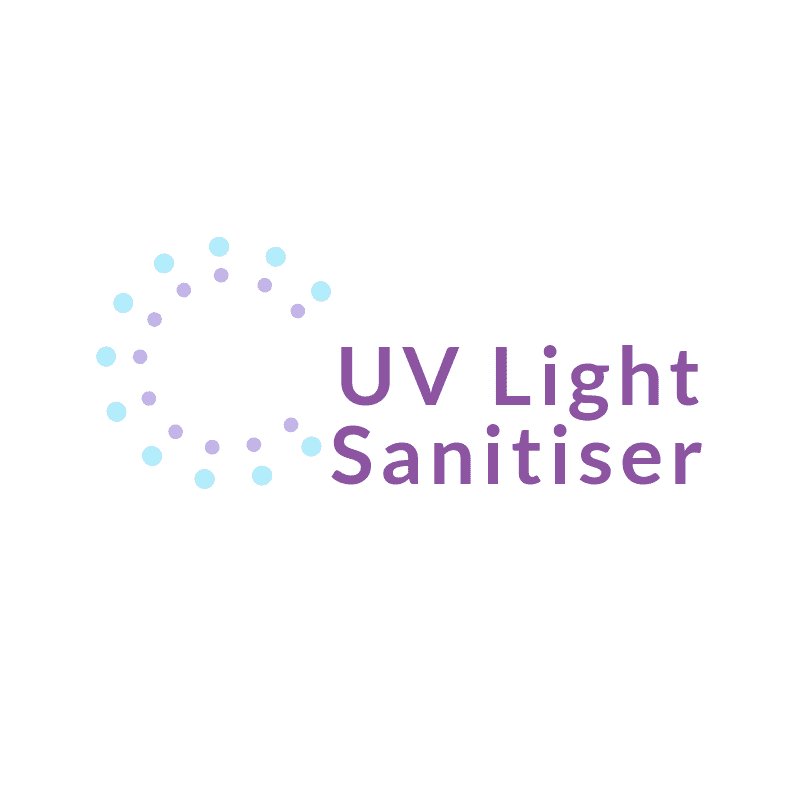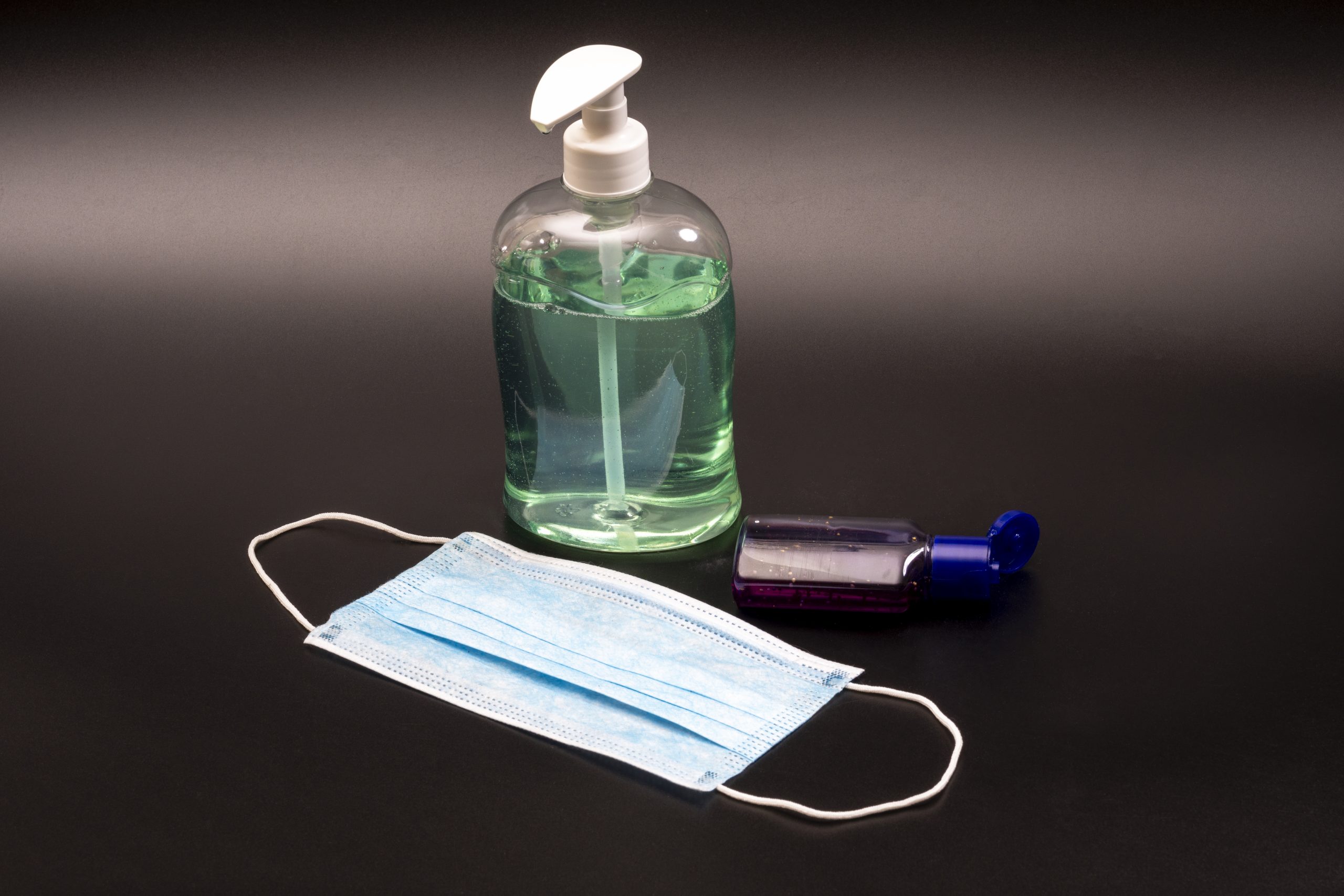According to EPA regulations, poor indoor air quality can have a negative effect on human health. Since the concentration of certain pollutants indoors is typically 2 to 5 times higher than the normal concentration outdoors, it is very important to take steps to improve air quality. One method is to use a UV-C surface and air Germicidal Disinfectant model, which uses sterilizing ultraviolet light to inactivate harmful pathogens.
Unlike chemical water disinfection methods, ultraviolet radiation can quickly and effectively inactivate microorganisms through physical processes. When bacteria, viruses, and protozoa are exposed to a sterilizing wavelength of ultraviolet light, they cannot multiply and infect.
What is UV-C Light?
Ultraviolet rays are part of the electromagnetic spectrum and are invisible to the human eye. A unique feature of ultraviolet light is that wavelengths from 200 to 300 nanometers (one billionth of a meter) in a specific wavelength range are classified as fungicides, meaning they can inactivate microorganisms such as bacteria, viruses and protozoa. Thanks to this feature, UV radiation has been widely used as an environmentally friendly, chemical-free and highly effective way to disinfect and protect water from harmful microorganisms.
How Does UV Light Kill Germs?
Sterilizing ultraviolet light (UV-C) inactivates the DNA of bacteria, viruses, and other pathogenic microorganisms, thereby destroying their ability to reproduce and cause disease. In particular, ultraviolet radiation causes damage to microbial nucleic acids by the formation of covalent bonds between some neighboring bases in DNA. The formation of such bonds prevents DNA decompression for replication, and the body cannot multiply. In fact, when the body tries to multiply, it will die.
The high energy generated by shortwave UV radiation from a light disinfection wand is absorbed by cellular DNA and RNA, destroying nucleic acids and preventing microbial infection and reproduction. This absorption of UVC energy forms new bonds between nucleotides, thus forming double bonds or “dimers”. The dimerization of molecules (especially thymine) is the most common type of damage caused by ultraviolet radiation from microorganisms. The formation of thymine dimers in the DNA of bacteria and viruses inhibits the ability to reproduce and infect.
Unlike chemical water disinfection methods, ultraviolet radiation can quickly and effectively inactivate microorganisms through physical processes. When bacteria, viruses, and protozoa are exposed to a sterilizing wavelength of ultraviolet light, they cannot multiply and infect.
Ultraviolet rays have been shown to be resistant to pathogens, including those that cause cholera, polio, typhoid, hepatitis, and other bacteria, viruses, and parasitic diseases. Additionally, ultraviolet radiation (used alone or in combination with hydrogen peroxide) can destroy chemical contaminants, such as pesticides, industrial solvents, and pharmaceuticals, through a process called ultraviolet oxidation.
A large number of scientific studies have shown that ultraviolet radiation can inactivate a large number of pathogenic bacteria, viruses, and protozoa. Compared to chlorine-based disinfection, ultraviolet radiation has a key advantage in that it can inactivate the simplest, life-threatening and most important cryptosporidium and Giardia. The use of sterile chlorine treatment facilities to discharge these harmful microorganisms into host lakes and rivers increases the likelihood of contamination in communities that depend on these bodies of water as sources of drinking water and recreational use. Drinking water treatment plants can benefit from the use of UV light because UV light can easily inactivate chlorine-resistant pathogens (protozoa), while reducing the amount of chlorine used and the formation of by-products.
Ultraviolet rays can effectively disinfect chlorine-resistant protozoa, bacteria, and viruses.
If the ultraviolet radiation dose is too small, the photochemical damage caused by ultraviolet light can be repaired by activating light or restoring dark light. However, studies have shown that when the dose exceeds 12 mJ / cm2, the probability of photoactivation is very small or non-existent. In fact, some organisms, such as Cryptosporidium, have been shown to show no signs of recovery in light or dark conditions when irradiated with ultraviolet light of up to 3mJ / cm2 under low or medium pressure lamps. The UV system must be designed with a sufficient dose of UV to ensure that cell damage cannot be repaired. The size of the system should be based on biometric verification (field tests) to ensure adequate disinfection.
Should You Use It At Home?
Consumer-available germicidal disinfectant lamps for home come in many forms, including boxes, bottles, and sticks with lids. Each one has a set of instructions on how to use the light to kill bacteria, and details such as how long hygiene takes and if it’s a wand, it should be next to the item you want to disinfect. The large box version is suitable for tablets, toys and bottles.
A 2008 study tested the effectiveness of VIOlight, a $ 30 toothbrush sanitizer that claims to remove pathogens from toothbrushes. The study showed that VIOlight eliminated Streptococcus salivarius, and the colony-forming units of Lactobacillus and E. coli increased by 86% compared to toothbrushes without UV treatment. These bacteria can cause strep throat, digestive problems, and many other diseases.
Disinfection rods allow you to spread UV light on objects to be disinfected, including countertops, bedding, and steering wheels. These sticks can be used anywhere, claiming they work in seconds, and are often sold to travelers who care about the hygiene of the hotel room. A 2014 study tested the effectiveness of these portable sticks and found that they killed 100% of common bacteria in 5 seconds and inactivated 90% of spore-forming bacteria difficult to kill in 40 seconds.
In addition to the surface, germicidal disinfectant lamps can also purify water when used properly. Companies that sell equipment like UVC pens and UVC bottles claim to have removed 99.99% of bacteria and viruses from the water. Such products are often valuable to travelers and travelers in remote areas, because both are more likely to find untreated water.
In 2015, the study “Medicine and Infectious Diseases for Travel” specifically targeted a portable UV lighting device called SteriPEN. The researchers concluded that the reduction of bacteria and viruses depends on how the device is used. Although overall it showed good results (from 94.98% to 99.99% of dead bacteria), “medical advice while traveling should include education on the risk of abuse.” No matter what Germicidal Disinfectant device you use, if you use it, first check the device’s instructions. Wash your hands still.

